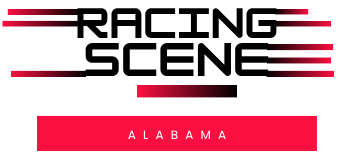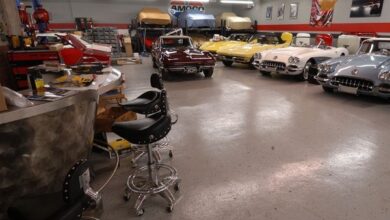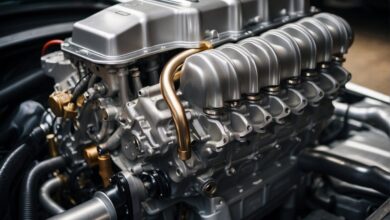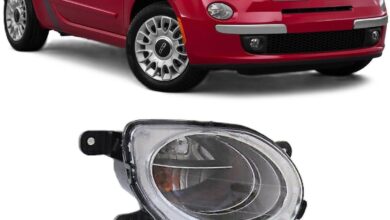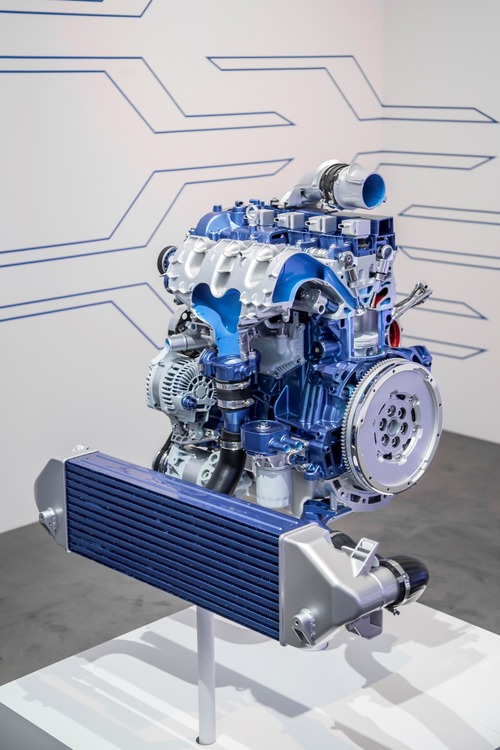
The Ford Fusion, a reliable mid-size sedan produced from 2006 to 2020, has long been a favorite among everyday drivers for its comfort, fuel efficiency, and unassuming style. But for automotive enthusiasts, the Fusion offers untapped potential on the track, autocross circuit, or drag strip. With the right racing parts, this family hauler transforms into a nimble performer capable of rivaling sportier rivals. Whether you’re tuning a V6-powered model or the high-output ST variant, aftermarket upgrades can enhance horsepower, handling, and stopping power. Let’s dive into the key racing components that can elevate your Fusion’s game.
Ford Fusion Racing Parts: Engine
Starting with the heart of the beast: engine modifications. The stock 2.5L or 3.0L engines in most Fusions produce respectable power—around 175-240 horsepower—but racing demands more. A cold air intake from brands like K&N or AEM replaces the restrictive factory airbox, allowing cooler, denser air into the engine for gains of 5-15 horsepower. Pair this with a performance tune via tools like SCT or HP Tuners, which remaps fuel and ignition timing for optimized output. For serious racers, upgrading to a turbo kit from Ford Performance or aftermarket suppliers like Cobb can push power beyond 300 horsepower, though this requires reinforced internals to handle the boost without grenading the engine.
Ford Fusion Racing Parts: Exhaust
Exhaust systems are another cornerstone of Fusion racing builds. The factory muffler and cat-back setup prioritizes quiet cruising over flow. Swapping to a cat-back exhaust from Borla or MagnaFlow reduces backpressure, adding 10-20 horsepower and delivering that signature growl under acceleration. For track-focused setups, headers from JBA or BBK can further liberate exhaust gases, improving throttle response. Keep in mind emissions compliance—many states require high-flow catalytic converters to stay street-legal.
Ford Fusion Racing Upgrades: Handling
Handling upgrades are crucial since the Fusion’s soft suspension shines on highways but falters in corners. Lowering springs from Eibach or H&R drop ride height by 1-2 inches, reducing body roll and improving center of gravity. Combine these with adjustable coilovers from KW or Tein for customizable damping, allowing fine-tuning for bumpy tracks or smooth circuits. Sway bars from Hotchkis stiffen the chassis, minimizing understeer during aggressive turns. Don’t overlook bushings—polyurethane replacements from Energy Suspension eliminate the slop in stock rubber, sharpening steering feel.
Ford Fusion Racing: Brake
Brakes often get overlooked but are vital for racing safety. The Fusion’s stock discs handle daily driving fine, but repeated hard stops demand more. Big brake kits from Brembo or StopTech feature larger rotors (up to 14 inches) and multi-piston calipers, paired with performance pads from EBC or Hawk that resist fade under heat. Stainless steel brake lines from Goodridge reduce flex, ensuring pedal firmness during late-braking maneuvers into corners.
Ford Fusion Racing: Wheels and Tires
Wheels and tires tie it all together. Lightweight forged alloys from Enkei or BBS (17-19 inches) shave unsprung weight, improving acceleration and ride quality. Grippy rubber like Michelin Pilot Sport Cup 2 or Nitto NT05 provides the traction needed for launches and sustained cornering speeds.
Investing in these parts isn’t just about speed—it’s about safety and enjoyment. Professional installation is recommended to avoid voiding warranties or compromising reliability. Costs vary: a basic intake and tune might run $500, while a full suspension overhaul could exceed $2,000. Always check local track rules and DOT standards for road use.
The Ford Fusion’s racing potential is vast, limited only by your budget and ambition. From subtle bolt-ons to full race preps, these upgrades turn a commuter car into a weekend warrior. If you’re ready to unleash the Fusion’s hidden fury, hit the aftermarket scene and prepare for podium finishes. Auto Racing Parts
